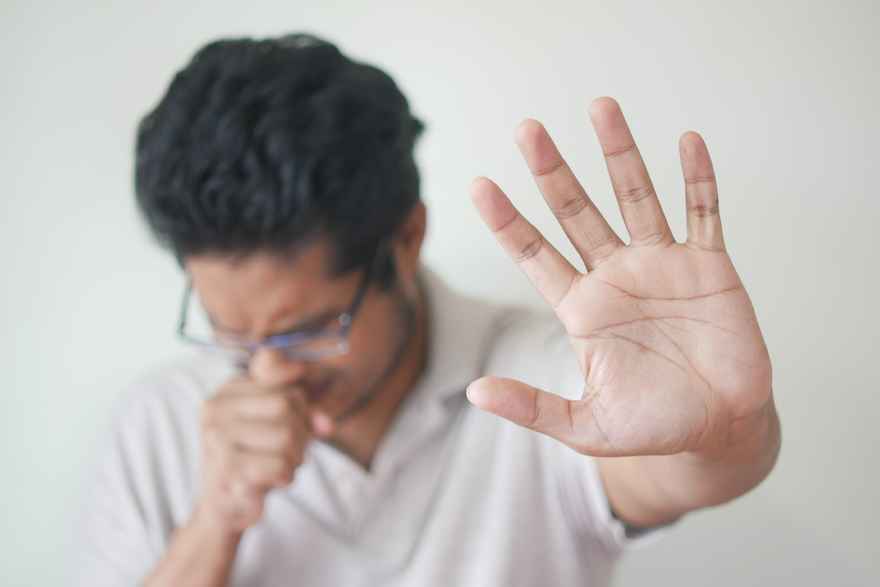Understanding Cold Sores

Dealing with a cold sore, also known as oral herpes, can be both physically uncomfortable and emotionally distressing. "When people hear 'herpes,' there's an immediate association with a highly stigmatized virus," notes Dr. Chris Adigun, a board-certified dermatologist in Chapel Hill, North Carolina.
The stigma surrounding cold sores carries tangible repercussions. According to a Compeed poll, 28 percent of respondents admitted staying home due to a cold sore outbreak. Those affected often grapple with concerns about potential rejection in social or intimate relationships because of it.
But does having cold sores truly warrant such shame?
What leads to a cold sore? "A cold sore is essentially the reactivation of a latent herpes simplex virus infection," explains Adigun. Those experiencing cold sores were previously infected with the herpes simplex virus, which remains dormant until triggered. This activation leads to the appearance of cold sores.
The herpes simplex virus comes in two types. Type 1 (HSV-1) primarily causes cold sores, according to the World Health Organization.
Triggers for cold sores? The Mayo Clinic lists various triggers:
- Fever or viral infections
- UV exposure
- Stress
- Hormonal fluctuations
- Changes in immunity
- Skin injuries
"Some triggers may be personal," Adigun mentions. For instance, spicy foods might act as triggers for some individuals. However, fevers, high stress, or UV exposure are common triggers for many.
How does herpes virus transmission occur?
HSV-1 spreads through the saliva of an infected person. Common transmission routes include kissing or sharing cups and utensils, but transmission through sharing is rarer than transmission by skin-to-skin contact.
Many Americans likely encounter the virus during early childhood, according to experts. "Exposure to the virus often happens in preschool or early within the household," notes Adigun.
The virus can be transmitted by anyone who carries it. Even without visible cold sores, infected individuals can spread the virus through increased viral shedding.
The virus's prevalence is striking. Fifty to 80 percent of American adults have oral herpes, per Johns Hopkins Medicine.
Adigun emphasizes this commonality to dispel the stigma associated with cold sores. "When individuals feel ashamed or think it's a significant issue," she shares, "I spend time counseling them that this is incredibly prevalent. It's not an anomaly; it's the norm."
"This is the shared experience for many Americans," she adds reassuringly.


0 comments
Leave a comment
Please log in or register to post a comment